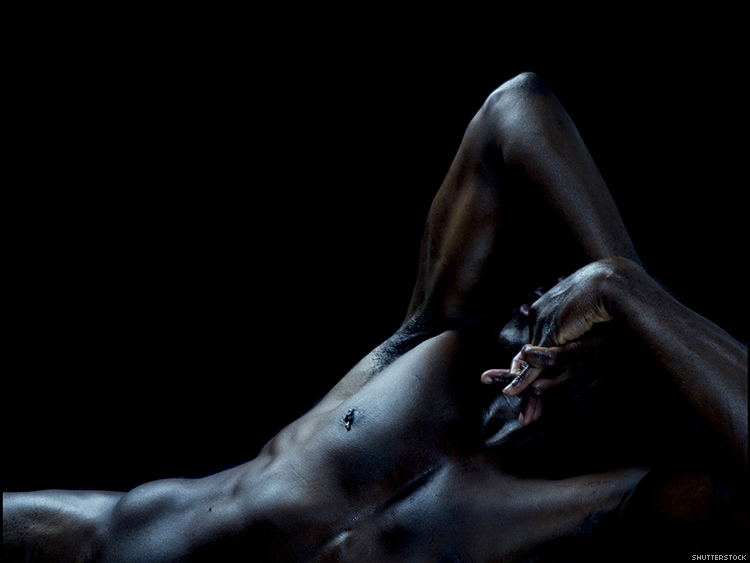In 1957, Kyle Onstott published Mandingo, the gold standard in racial fetishization literature. The book and the subsequent 1975 film re-popularized the idea of the potency and inherent danger of black masculinity that had been kicked around since the days of auction blocks and Black Bucks when black men were sold as cattle and lynched for sport.
Mandingo has since became a derogatory term for any physically-imposing black men, often utilized by and for those who fetishize black men out of worn stereotypes. But a new study finds that these stereotypes don't ever really go away, they just seep deeper into society.
According to a recent study from the American Psychological Association, even when black men and white men are the same size and possess comparable physical strength, people tend to perceive black men as taller, more muscular, and more threatening, and, therefore, must "be controlled using more aggressive measures."
Related | Op-Ed: Police Shootings Affect Us All
“Unarmed black men are disproportionately more likely to be shot and killed by police, and often these killings are accompanied by explanations that cite the physical size of the person shot,” lead author John Paul Wilson, PhD, of Montclair State University said in a statement. “Our research suggests that these descriptions may reflect stereotypes of black males that do not seem to comport with reality.”
As The Washington Post points out, in the wake of police shootings, reports of the victim tend to portray them as older, bigger, and more aggressive than they were—such as when Steve Loomis, the president of the Cleveland’s Police Patrolman’s Association, callously referred to 12-year-old Tamir Rice as "menacing" and a "12-year-old in an adult body." According to Loomis, it was the 12-year-old's fault he was shot to death by an adult police officer.
The study also points to photos of 17-year-old Trayvon Martin following his murder in 2012. “In one notorious example, people widely shared a photograph of a man with facial tattoos in what was purported to be an up-to-date representation of Martin," the study notes. "In fact, it was a rap musician known as the Game who was in his 30s in the photograph.”
To reach their conclusions, Wilson and his colleagues conducted experiments involving over 950 online participants, all of them American. The participants were given color photos of black and white male faces belonging to individuals of the same height and weight, then asked to estimate the height, weight, strength, and overall muscularity of the men.
“We found that these estimates were consistently biased. Participants judged the black men to be larger, stronger and more muscular than the white men, even though they were actually the same size,” Wilson said. “Participants also believed that the black men were more capable of causing harm in a hypothetical altercation and, troublingly, that police would be more justified in using force to subdue them, even if the men were unarmed.”
This bias extended beyond racial lines, however, as black participants in the study also found the black men to be more physically intimidating than the white men, however, they didn't think the black men were more harmful or deserving of force. Men with darker, more stereotypically black features faced more bias than lighter, fair-featured men, among both black and white study participants.
Though the study did not simulate real-life scenarios such as the ones police officers face daily, Wilson concludes that more research should be conducted to discover the role bias in perception plays in these kinds of altercations. Previous reports from the APA suggest that people tend to view young black boys as "older and less innocent" than white boys of the same age, and that training and experience can help police overcome implicit bias.















READER COMMENTS (